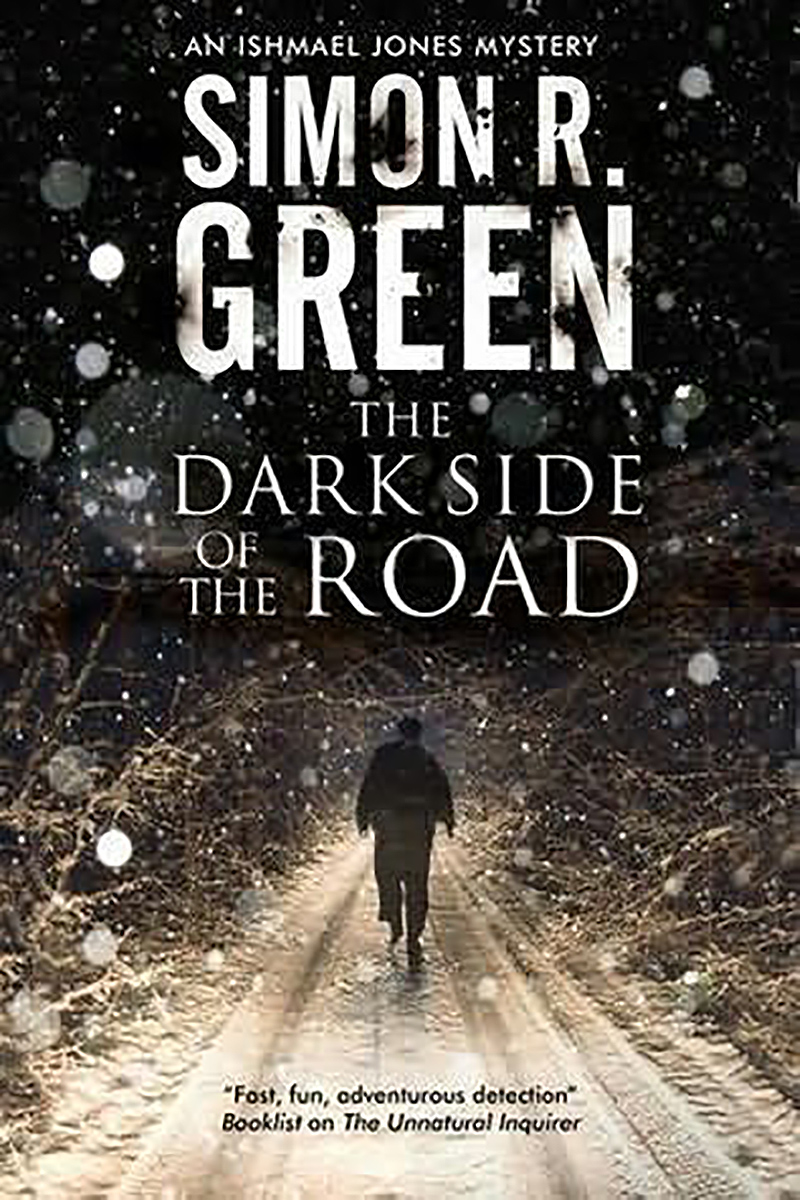
Steampunk has come a long way in recent years. No longer an obscure subgenre of speculative fiction, steampunk today encompasses besides literature and film, design, fashion and a community that spans worldwide. Although firmly rooted in British Victorianism, steampunk enthusiasts hail from all nations with fascinating variations on the theme being explored in France, Japan and the United States especially.
As the steampunk movement continues to grow, it is only inevitable that the many people involved in it try to shape it to their personal liking. There is no harm in that. Steampunk is a versatile concept that can adapt to different times, different places, different philosophies even. New interpretations of steampunk should always be welcomed as refreshing in the first place before we attempt to dissect or, eventually, discard of them.
New ideas also breed conflict. A novel approach can be controversial and invite vehement opposition from the old guard who feel that “their” steampunk is under threat. Such an approach hasn’t even to be that novel at all. The mere suspicion that someone intends to turn steampunk into something else, something previously unheard of, can spark indignation.
The reaction is only natural. Steampunk has been a hobby that some have been indulging in for many years. It can challenge one’s patience when another, relatively new to the scene, declares that they posses a superior grasp of the concept.
We must remember, however, that steampunk has no definitive meaning. Every steampunk enthusiast will tell you that it’s almost impossible to describe the genre in a single phrase. We all know steampunk when we see it, even if, at first, we don’t.
At the same time, steampunk is no free-for-all. Not everything has to be steampunk’d. But a different perspective that forces us to reconsider our premises; that demands that we continue to seek a definition, is always a valuable addition to the debate.
Originally published in Exhibition Hall 8 (April 2010)




